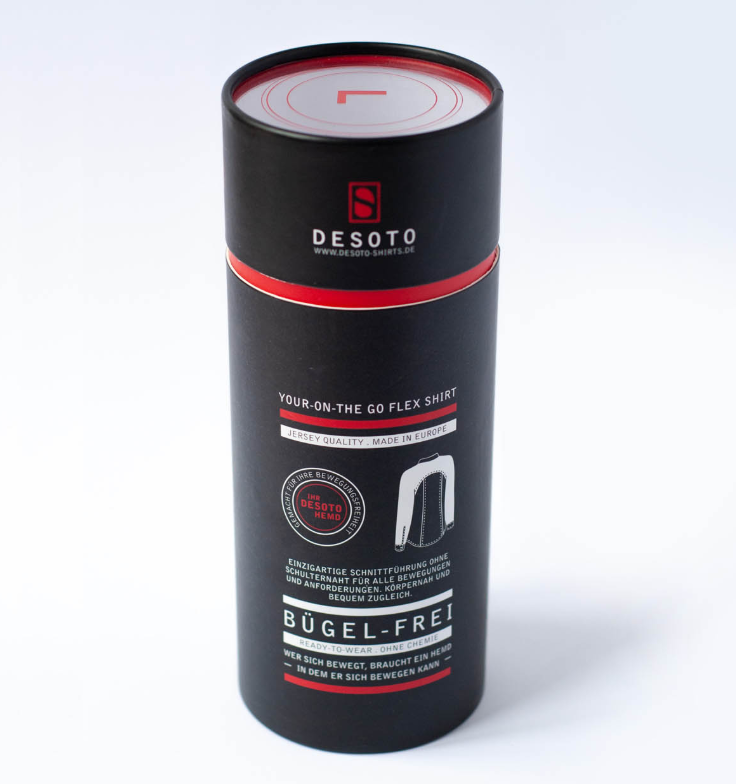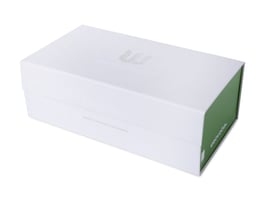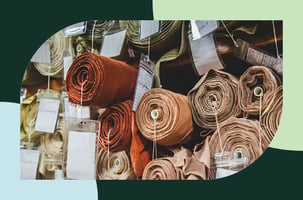How to Make Your eCommerce Packaging Solutions Eco-Friendly
3 min read timeThere was a time when consumers begrudged separating their recyclables from rubbish and when online...
Eco-Friendly
7 Minute Read
Written by Weavabel, published 12/10/20 15:54

Packaging is everywhere; in your shopping trolley, your cupboards, your deliveries and so much more. This amount of plastic and other non-natural materials can cause environmental problems such as pollution. But there is an alternative: eco-friendly packaging. In this blog, we’ll cover all the benefits of eco-friendly packaging that you can gain from.
The primary purpose of packaging is to contain and protect products. Today, packaging is usually an issue of convenience, especially when it comes to food and disposable items. The packaging we find is usually made of a type of plastic: polyethylene. It can come in various types:
These types of plastic can even cover the clothes we buy, either given to us in a plastic bag or delivered in plastic packaging.
Alongside the convenience of plastic, a lot of people think that plastic is recyclable - and they’re right - it is. But does that mean it’s all getting recycled? Unfortunately, no. In Europe, 70% of recyclable plastics end up in a landfill or the oceans.
Another issue caused by non-environmentally friendly packaging is their manufacturing process. Not only is the majority of plastic created by refining crude oil, but the degradation process is similarly harmful. As plastic degrades over hundreds of years, they can also release toxic substances such as bisphenol A, which can disrupt the hormonal systems of animals.
Furthermore, you may be thinking “What about paper and cardboard? Surely they’re natural and eco-friendly?” The answer is complicated. Yes, paper and cardboard are natural, but that doesn’t mean they’re an eco-friendly packaging option. 40% of all globally traded wood is used for the pulp and paper industry. This is about 7.5 million hectares of forest.
To fight these issues, let’s get to grips with the alternative: eco-friendly packaging.
The Sustainable Packaging Coalition has set up a number of rules when it comes to what can be called eco-friendly or sustainable packaging:
Essentially, it needs to be made from eco-friendly materials, biodegradable and able to be either reused or recycled.
If it’s made from recycled products, the carbon footprint of your packaging will be greatly reduced. Similarly, if the packaging is made from natural materials such as bamboo or FSC-approved paper or cardboard, the growth of such products actually draws carbon out of the environment. If you’re looking to make your business carbon neutral, eco-friendly packaging is the way to go.
If the packaging is made from natural materials, this means it will be biodegradable. Plastic is not easily biodegraded, taking hundreds if not thousands of years to break down, releasing harmful chemicals on its way. Some eco-friendly packaging, such as sustainable paper products, will even be compostable.
Most businesses and places in the UK and Europe have dedicated recycling or disposal locations or services. It’s relatively easy to recycle nowadays, provided you separate your disposables so they can be recycled properly.
Non-sustainable petrochemical resources such as crude oil, which is used to make most plastic, is incredibly harmful to the environment in terms of both extraction, refinement, distribution, use and disposal. Eco-friendly packaging has none of these issues over its lifespan. As it biodegrades, harmful chemicals such as the ones produced by plastic are not present.
Part of what makes packaging eco-friendly is its ability to be reused or recycled. Encouraging the reuse of packaging means that its lifespan is extended, which reduces the need for new materials, further lowering its carbon footprint. If the packaging is of good enough quality, it should be able to be reused for things like further packaging, storage and even arts and crafts.
Any industry can utilise eco-friendly packaging. Whether you’re looking for packaging for foodstuffs, clothing, cosmetics or even electronic devices, there will be an eco-friendly packaging type that will meet your specific needs.
Developing yourself as an environmentally-responsible company creates trust within your customer base. Trends concerning sustainable products are on the rise. For example, in the fashion industry sustainability is a widely-trending topic.
Fashion producer Zara claimed that all of its collections will be made from 100% sustainable materials by 2025. There is even calls to create certifications so that fashion brands can label themselves as ‘truly’ sustainable. Staying up to date with the trends means that your business will always be at the forefront of innovation and customer satisfaction.
If you source good quality, eco-friendly packaging, it can mean you need to use less of it. This means an overall reduction in transportation costs.
90% of CEOs find that sustainability is fundamental to success. With the rise of sustainability trends, we can see that customers want to interact with and purchase from businesses that work towards sustainable practices and goals. Sustainability is increasingly important for any established or fledgling business.
Creating, designing and sourcing eco-friendly packaging can take up a lot of precious time, especially if you don’t know what exactly it is you’re looking for.
To help you decide, we’ve created an all-inclusive guide to packaging that takes you through the steps from start to finish. The guide covers areas such as types of packaging, designing tips, preparing artwork, prototypes, production and so much more.
To discover what you can achieve when it comes to packaging, click the link below.
Want to keep up to date with industry developments, trends, product launches and more? Sign up to our newsletter to get the latest delivered to your inbox.


